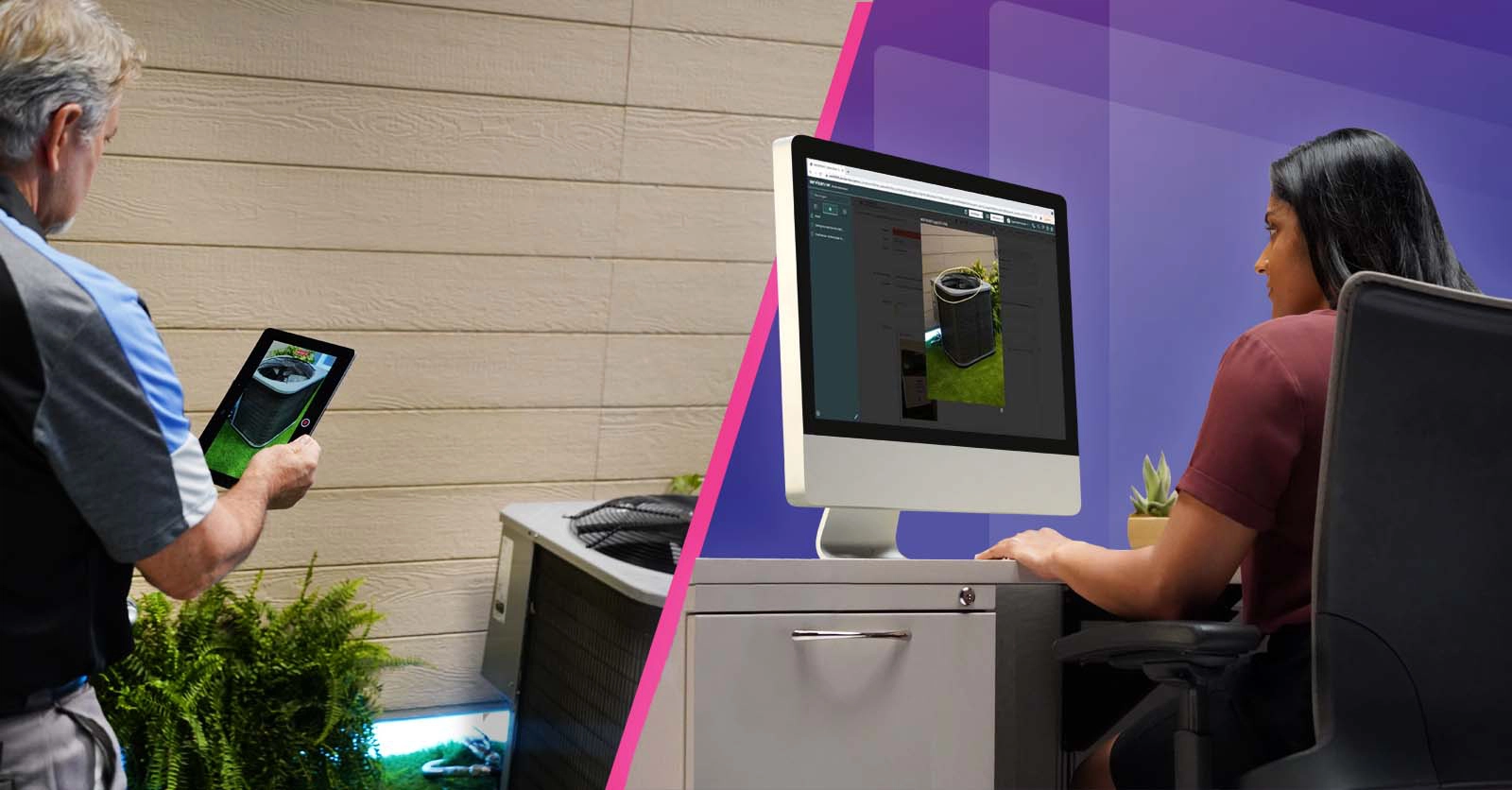Customer experience is emerging as a critical differentiator as businesses wrestle with the pandemic’s ongoing impact on their service operations.
Manufacturers and service companies, in particular, are racing to digitally transform their operations to deliver a new experience to customers, enhancing both the brand and the engagement model. Competition and the recent disruption are forcing them to rethink how they strengthen bonds with customers.
In IDC’s November 2020 COVID-19 Impact on IT Spending Survey, nearly half of manufacturers said they prioritize creating new digital products and services and now look to deliver digital-first customer experiences — 46.2% and 31.9%, respectively.
However, to achieve success and relevance with customers in the next normal, manufacturers and service organizations will need to:
- Enable data and knowledge accessibility for all relevant stakeholders
- Eliminate silos across service, customer support, and other functions
- Automate manual processes and access to static work instructions that delay responses and issue resolution
- Manage an aging workforce and the related knowledge drain
- Become more customer-focused to personalize experiences and deliver enhanced value
- Provide service employees and customers with new tools that optimize remote and self-solve support
To address these challenges, organizations will need to move from a reactive break/fix service model to a more predictive approach.
Shifting to a Proactive Service Model
Moving from reactive service models to proactive service experiences transcends achieving mere operational efficiency. Such a change can also greatly enhance the customer relationship. Establishing an operating model where the customer and the service employee are at the heart of the service experience can be a true industry differentiator. This framework establishes a new partnership of shared goals, outcomes, and experiences that optimize service and deliver new value.
Connected service insights are part of this innovative future for manufacturers and service organizations alike. A few of the most impactful benefits derived from this approach are:
- Having the right content and insights at the point of need, which speeds up service resolution
- Capturing and sharing institutional knowledge, which minimizes the impact of an aging or retiring field and service workforces
- Increasing the first-time fix and improving the mean-time-to-resolution metrics, which enhances the customer experience through proactive support
- Avoiding unnecessary truck rolls that impact fuel usage, emissions, and safety, which helps improve operations
- Establishing an emotional and personalized bond between the service team and the customer through contextual awareness of the problem at hand, integration of a full view of the customer, and self-service experiences
By leveraging these varied benefits, a business can offer its customers a differentiated service outcome and enhanced experiences. At the same time, it can also create an engaged workforce equipped with the knowledge to improve quality service and brand experience.
Helping to power this shift is an uptick in access to innovative technologies such as augmented reality (AR). An increasing number of companies are integrating AR capabilities into their existing workflows and back-end systems. In a 2021 survey of AR adopters, IDC found that the top three benefits the technology brought to their businesses were increased worker efficiency, improved real-time collaboration, and improved knowledge transfer between expert and novice workers.
As with most technologies, however, AR is just a starting point. The ability to intelligently engage, collaborate, and resolve will be the true differentiator for forward-thinking manufacturers and service companies.
To learn more, read the IDC Technology Spotlight, Connected Service: From Reactive to Dynamic Collaborative Resolution, sponsored by CareAR.
About Aly and Tom
As Program Director, Service Innovation & Connected Products, Aly Pinder Jr leads IDC research and analysis of the service and customer support market for the manufacturer, which includes topics such as field service, warranty operations, service parts management, and how these service areas impact the overall customer experience. Mr. Pinder Jr. is also responsible for research which aids manufacturers as they evaluate innovative technologies like 3D printing for service operations, augmented and virtual reality in field support, and the use of IoT and advanced analytics for remotely monitoring and managing assets.
Tom Mainelli manages the Device & Consumer Research Group, which covers a broad range of hardware categories, inclusive of both home and enterprise markets, as well as IDC’s growing consumer research practice. The device research includes PCs, tablets, smartphones, wearables, smart home products, thin clients, displays, and virtual and augmented reality headsets. He also manages IDC’s supply-side research team that tracks display and ODM production across a wide range of products. IDC’s consumer practice, built upon its Consumer Technology Strategy Service, tracks numerous consumer-focused metrics utilizing frequent surveys and IDC-branded indexes.
